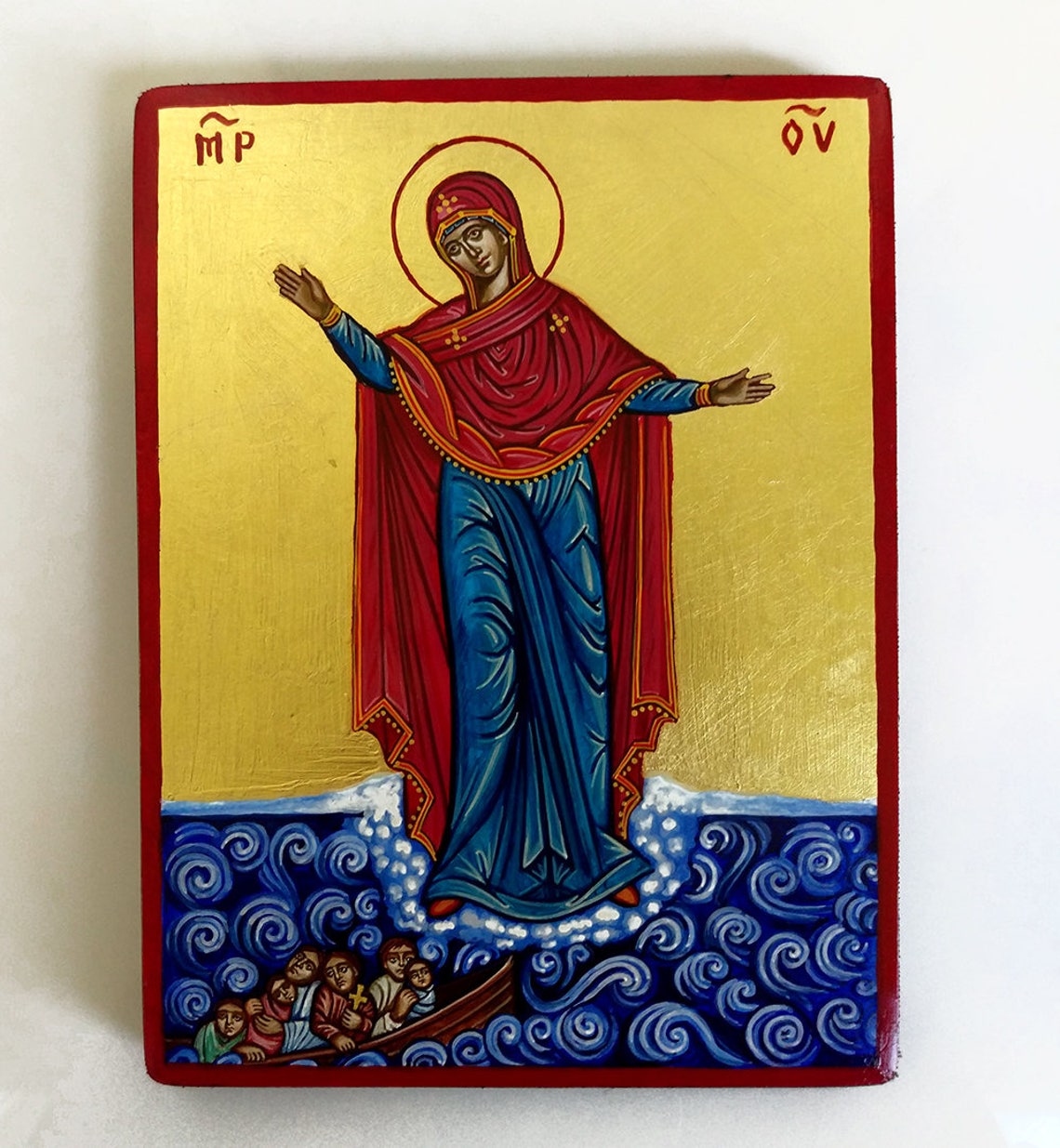
Stella maris was occasionally also used in reference to Christ. This admirably befits the Virgin Mother… (for) as the ray does not diminish the brightness of the star, so neither did the Child born of her tarnish the beauty of Mary's virginity."

Pope Pius XII, in his encyclical Doctor Mellifluus, also quoted Bernard of Clairvaux in saying: "Mary… is interpreted to mean 'Star of the Sea'. Should anger, or avarice, or fleshly desire violently assail the frail vessel of your soul, look at the star, call upon Mary." Īnthony of Padua also wrote of Mary as Star of the Sea. If you are tossed upon the waves of pride, of ambition, of envy, of rivalry, look to the star, call on Mary. In the twelfth century, Saint Bernard of Clairvaux wrote: "If the winds of temptation arise if you are driven upon the rocks of tribulation look to the star, call on Mary. In the medieval period, stella maris came to be used as a name of Polaris in its role as lodestar (guiding star, north star) it may have been used as such since Late Antiquity, as it is referred to as ἀειφανής "always visible" by Stobaeus in the 5th century, even though it was still some eight degrees removed from the celestial pole at that time. Paschasius Radbertus in the 9th century has an allegorical explanation of the name, writing that Mary is the "Star of the Sea" to be followed on the way to Christ, "lest we capsize amid the storm-tossed waves of the sea." The plainsong hymn Ave Maris Stella ("Hail, Star of the Sea") dates from about the 8th century. It is referenced in Isidore's Etymologiae (7th century). The etymologization of the name of Mary as "star of the sea" was widespread by the early medieval period. Īnother opinion states that Jerome himself interpreted the name as meaning "star of the sea" or Stella Maris, by relating it to a Hebrew word for star, מאור (ma'or), from the verb אור ('or), to be light or shine. St Jerome adopted this interpretation and translated the name into Latin as stilla maris, "drop of the sea", but at some later stage a copyist transcribed this into stella maris, "star of the sea", and this transcription error became widespread. He interpreted Maryām as mar-yam ( מר-ים) "drop of the sea", based on מר mar, a rare biblical word for "drop". It was this form that was etymologized by Eusebius.


The name stella maris is first applied to the Virgin Mary in the manuscript tradition of Saint Jerome's Latin translation of the Onomasticon by Eusebius of Caesarea, although this is in fact a misnomer based on a transcription error.įor reaching this meaning the Hebrew name מרים (originally pronounced "Maryam", but by Masoretic times pronounced "Miryam") was first rendered into Greek as Mariam ( Μαριάμ). The miraculous statue of Our Lady, Star of the Sea in Basilica of Our Lady (Maastricht), the most important Marian shrine of the Netherlands.


 0 kommentar(er)
0 kommentar(er)
